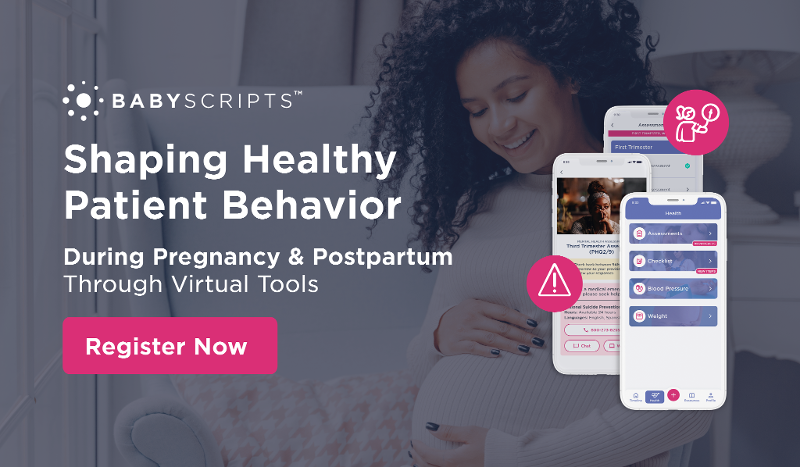Recently published data show that the percentage of preventable maternal deaths is 80%, an enormous increase from the previous statistic of 60%. In response to these data, stakeholders are focusing on opportunities to address modifiable risk factors for maternal mortality, to make the most immediate and direct impact on these statistics.
The October issue of ACOG’s Green Journal identifies hypertension management in pregnancy and postpartum as one such area of opportunity, focusing on its the connection to cardiovascular issues and hypertension later in life.
Hypertension has become an increasingly problematic issue for pregnant and postpartum mothers. While typically more prevalent in geriatric pregnancies, new research shows that after taking age into account, women having babies now are about twice as likely to develop hypertension in pregnancy than women from the baby boom generation. In addition to the higher likelihood of pregnancy complications, these statistics are also an indicator of a generational decline in cardiovascular health (1).
As the Green Journal highlights, even mild cases of hypertension in pregnancy can have severe consequences for the future health of women. One study found that 36.5% of women (roughly one in three) who experienced mild chronic hypertension (cHTN) in pregnancy progressed to severe cHTN or other cardiovascular disease more than 12 weeks after delivery (Progression to Severe Chronic Hypertension 5–7 Years After a Pregnancy With Mild Chronic Hypertension).
The study results indicated significant risk disparities connected to race: patients who self-identified as Black represented 66% of the sample cohort, and were more than twofold as likely to progress to severe hypertension in follow-up compared with White patients. They also progressed faster.
As the study concludes, these findings identify a critical window for screening, counseling and possible intervention for modifiable risk factors for cardiovascular disease, particularly for Black mothers. There is an especial need for monitoring in the postpartum period, when new mothers have less contact with the health system at a time when they are at highest risk of complications.
Dr. Lauren Demosthenes, Senior Medical Director for Babyscripts, points out that the obstetric window is also a critical time to foster good habits around blood pressure management that can carry through later in life:
“Pregnancy is a defined time when women are most likely to be motivated toward the best health possible. With good habits around [blood pressure management] developed during pregnancy, women will be more likely to continue to watch and learn about their BP trends throughout their lives.
Pregnancy is often a woman’s first encounter with the healthcare system, and therefore an ideal time to solidify good habits and behaviors. With the experience of SMBP [self-measured blood pressure] in pregnancy, women can go on to advocate for themselves for treatment of elevated BPs and prevention of chronic disease resulting from hypertension. The more that patient and provider are both actively involved in management of BP, the more successful it will be.
[Read more from Dr. Demosthenes: Controlling Hypertension: Decreasing Maternal Morbidity, Mortality and Opening the Door to Future Heart Health]
Learn more about Babyscripts new and updated tools to support holistic maternal care and encourage healthy behaviors at our upcoming webinar; including
- Tools to identify and address mental health concerns
- Patient rewards programs sponsored through the health plan
- Topical educational campaigns created with trusted content partners
Join Margaret Fu, Lead UX/UI Designer; Bonnie Tung, Senior Project Manager, Maternal Health Monitoring; and other members of the Babyscripts team on October 26th, at 12 pm ET for “Shaping Healthy Patient Behavior During Pregnancy and Postpartum Through Virtual Tools.”


Submit a comment